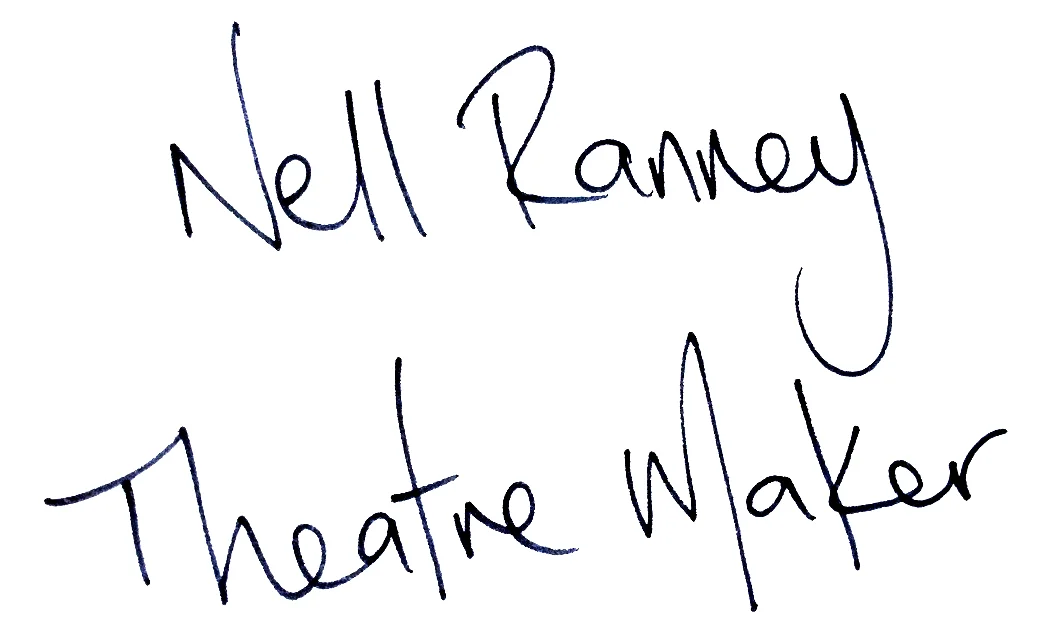GRLZ: A VISUAL LANGUAGE
To begin the Auslan script development workshop for GRLZ, we started with a clear set of creative objectives based on our limited knowledge of Auslan and a handful of ideas around how integration may be possible. In keeping with the theme of the year 2021, we were open to the possibility of change.
We know what the play is.
We know what the play isn’t.
And we are open to what the play can become.
These were Victoria’s words throughout the workshop process, confident in the foundation of her story and excited for how it could be made richer with the integration of accessibility as a creative challenge.
The first pivot in our plans came early. We were to be postponed multiple times due to Covid lockdowns in Sydney. As a result, the format of the workshop changed shape. We began a series of online zoom meetings with Sue Jo Wright to discuss the script. Victoria then had time to re-write the script based on feedback from Sue, before an in-person workshop, many months after the lockdowns subsided, where we also invited actors to test the new material.
One of the main objectives was to dovetail an existing non-speaking character from the world of the play, with the functional role of shadow interpreter. Previously this character, Mike, was only referenced as the girl who escaped, and is alive within collective memory. The idea was that Mike would now have a physical presence and use Auslan to comment on the action taking place.
By combing through the script, scene by scene with Sue, we discovered very quickly that the role of shadow interpreter would be too large in volume and complexity for just one character. And, that there was another existing character, The Cleaner, who could also be saddled with the role of shadow interpreter. The Cleaner seemed like an obvious choice as she too watches over all the action of the play, stepping in to assist when she can or to clean up the mess.
After making this pivotal decision, to add two shadow interpreters who are also characters in the play, the process became about assessing their function in each scene in alignment with their characters motivation and relationship to the action, and adjusting the script accordingly.
Ironically, focussing on Auslan resulted in refining the English too! As well as identifying economic storytelling through any visual communication, beyond language. For example, finding ways to eliminate the explanatory English surrounding a scene which already contains a circus-like ritual of physical connection between characters.
Victoria’s re-write was also informed by discussions around Deaf culture, and how this would impact the relationships with and between Deaf characters. For example, the GRLZ all have nicknames when inside the institution (originally inspired by the Pussy Riot code names) and they perform a naming ritual to initiate new members. However, in Deaf culture there is such thing as a sign name, which is a nickname based on identifying attributes and that must be given to you by a Deaf person. It is very important to understand that a hearing person cannot make up or give a sign name. So, our Deaf character Pigeon has been given more agency to lead the naming ceremony which now includes her giving a sign name simultaneously.
For the next phase, we took this new version of the script to a small group of Deaf actors. And even before we began work, actor Danni Wright expressed how the story reminded her of the institutions from Australian Deaf history where you would hear stories of young Deaf children being sent and a matron would call each child by their bed number.
This was another pivotal realisation for Victoria to recognise how universal her story is, and has granted us permission to paint a picture of institutionalisation with broader brush strokes. In turn, creating a clearer frame for the audience.
The focus of our time with actors Danni Wright, Salomon Gerber and also Emma Watkins was to recreate the final scene of the play so that it is performed entirely and solely in Auslan. It is where the GRLZ all learn, with the guidance of Pigeon, to tell their story (of what has unfolded in the play) in Auslan.
Sue Jo Wright worked with Victoria to adjust the written English in this scene so that it was more Auslan friendly. But the following layers of meaning, of nuance and complexity could only be added by each actor’s personal expression and performance. I was struck by the extent to which Auslan is a living and breathing three-dimensional language. And how well its suits in person collaboration, as opposed to existing on a page.
Working with the actors in this way also helped us gain a clearer understanding of how to resource and support a multi-lingual rehearsal room of hearing and Deaf actors combined. And in this sense, the workshop has successfully illuminated a path forward, in the life of our ambitious, and big little play.


